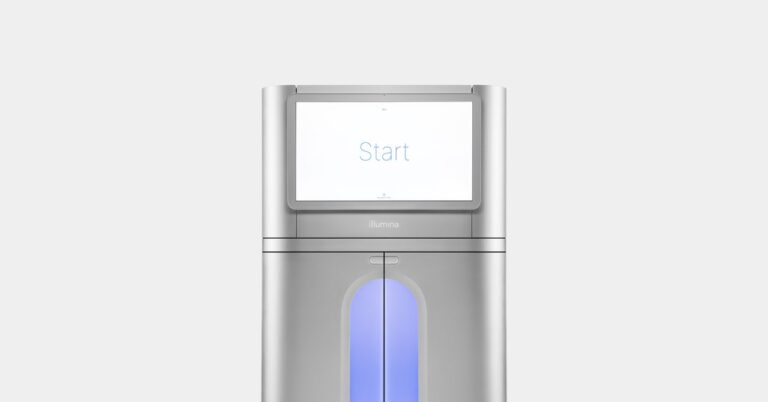
[ad_1]
Comparing those genomes to those of people without schizophrenia has allowed investigators to uncover multiple genes that have a profound impact on a person’s risk of developing it. By being able to sequence more genomes faster and more cheaply, Gabriel says they’ll be able to find additional genes that have a more subtle effect on the condition. “Once you have bigger data, the signal becomes clearer,” she says.
“This is the kind of thing that shakes up everything you’re working on,” agrees Jeremy Schmutz, a faculty investigator at HudsonAlpha Institute for Biotechnology, of new sequencing technology. “This reduction in sequencing cost allows you to scale up and do more of those large research studies.” For Schmutz, who studies plants, cheaper sequencing will allow him to generate more reference genomes to better study how genetics influence a plant’s physical characteristics, or phenotype. Large genomic studies can help improve agriculture by accelerating the breeding of certain desirable crops, he says.
Illumina’s sequencers use a method called “sequencing by synthesis” to decipher DNA. This process first requires that DNA strands, which are usually in double-helix form, be split into single strands. The DNA is then broken into short fragments that are spread onto a flow cell—a glass surface about the size of a smartphone. When a flow cell is loaded into the sequencer, the machine attaches color-coded fluorescent tags to each base: A, C, G, and T. For instance, blue might correspond to the letter A. Each of the DNA fragments gets copied one base at a time, and a matching strand of DNA is gradually made, or synthesized. A laser scans the bases one by one while a camera records the color coding for each letter. The process is repeated until every fragment is sequenced.
For its latest machines, Illumina invented denser flow cells to increase data yield and new chemical reagents, which enable faster reads of bases. “The molecules in that sequencing chemistry are much stronger. They can resist heat, they can resist water, and because they’re so much tougher, we can subject them to more laser power and can scan them faster. That’s the heart of the engine that allows us to get so much more data faster and at lower costs,” says Alex Aravanis, Illumina’s chief technology officer.
That said, while the cost per genome is dropping, for now, the startup cost for a machine itself is steep. Illumina’s new system will cost around $1 million, about the same as its existing machines. The high price tag is a key reason they’re not yet common in smaller labs and hospitals, or in rural regions.
Another is that they also require experts to run the machines and process the data. But Illumina’s sequencers are completely automated and produce a report comparing each sample against a reference genome. Aravanis says this automation could democratize sequencing, so that facilities without large teams of scientists and engineers can run the machines with few resources. The system also stores the data on an internal computer, whereas with earlier models, that data needed to be stored elsewhere.
[ad_2]